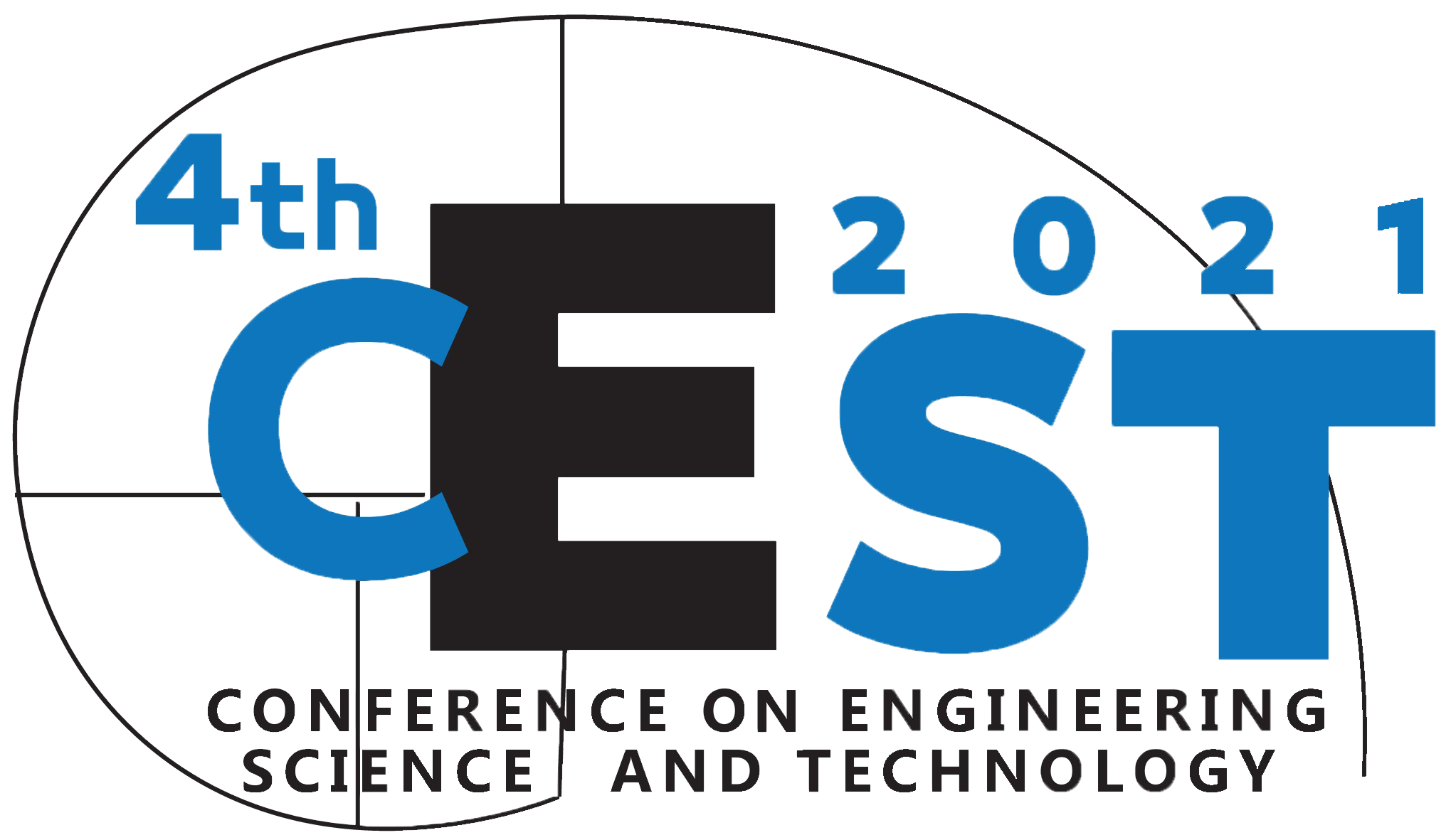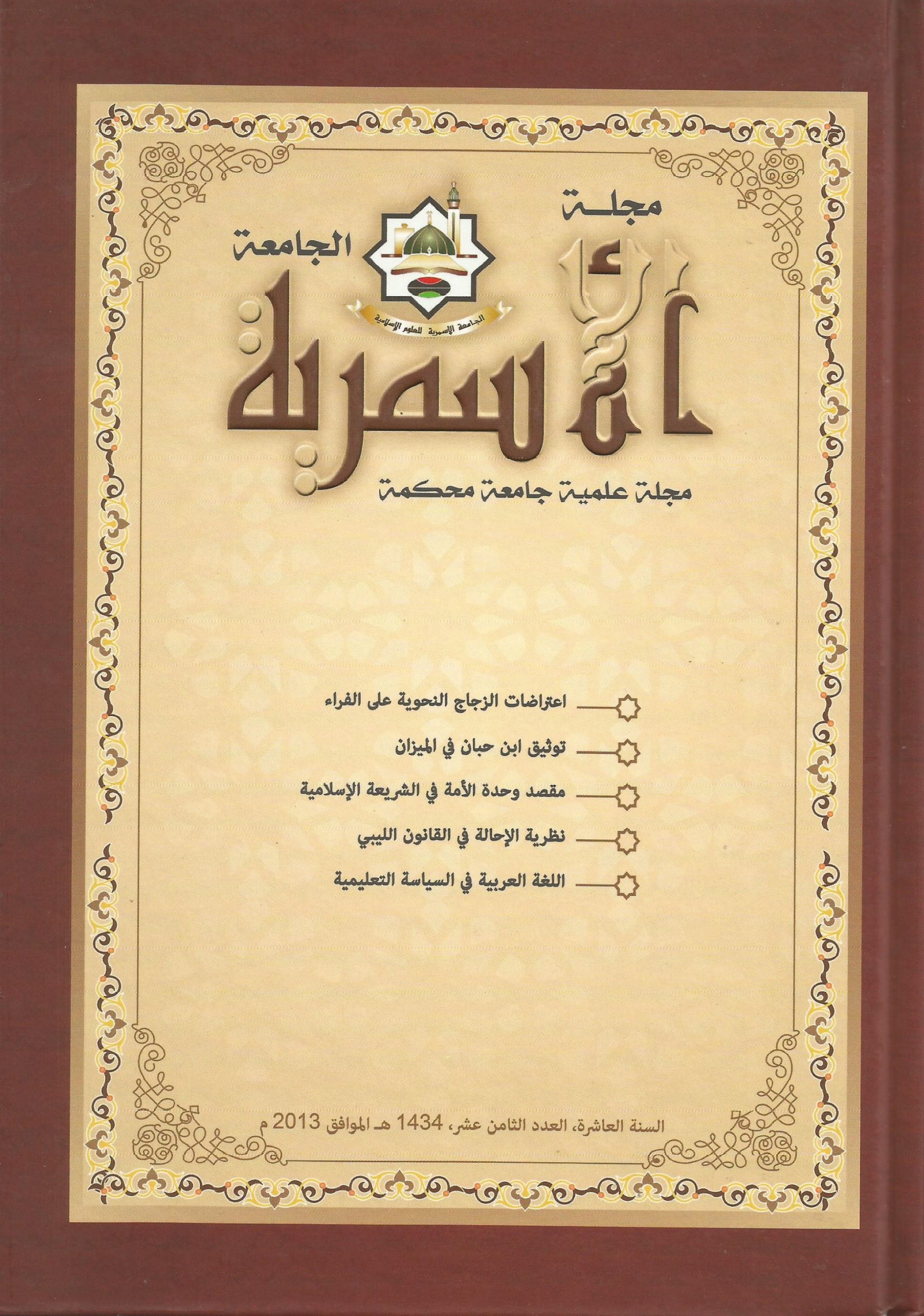An Efficient Merge of Online Teaching and Distance Learning Strategies in Chemical Engineering Computer Applications During the Covid Pandemic
Keywords:
DWSIM, Educational Computer-aided design, Engineering Education, Learning management system, Simulation Tools, Video-based lecturing toolsAbstract
The goal of this research is to find evidence-based methods for converting hands-on computer programming lab instruction into a remote teaching technique that achieves targeted learning results without sacrificing soft skills. Both instructors and students were faced with a significant hurdle, which evidently requires a shift to distance learning and teaching a fifth-year chemical engineering computer applications course during the COVID-19 pandemic. We employed a mixed online technique to solve these problems in this undergraduate course at Elmergib University, which eased the transition from traditional face-to-face learning in the classroom to the setting of online programming training for chemical engineering applications instructions. The synchronous component of the education was performed using Google Meet video conferencing platforms. While the asynchronous part of the teaching was accomplished by broadcasting pre-recorded lecture videos into a learning management system, Google Classroom is an excellent choice (LMS), allowing students to go at their own pace when studying and progressing. Throughout this teaching process technique, instructors' assessments of students' learning and academic achievement served as an indicator of students' interest in self-monitoring skills. The study found that having a few hours of daily electricity outage combined with an inconsistent or poor internet connection had a favourable influence on students and teachers. Deep knowledge with widely available internet-based teaching resources, such as managing virtual classroom learning management systems and video-based lecturing tools through Google Meet, is a challenge for instructors
Downloads
References
D.E Clough, ChE's teaching introductory computing to ChE students - a modern computing course with emphasis on problem-solving and programming. American Society for Engineering Education Annual Conference & Exposition, 2002.
D.G. Cornell. Computer science or spreadsheet engineering? An Excel/VBA-based programming and problem-solving course. Chem. Eng. Ed., 2005, 39, p.142-145.
T.L. Chambers. Teaching engineering analysis using VBA for Excel. In Proceedings of the 2006 ASEE Gulf-Southeast Annual Conference.
C.K.L. Pastor. Sentiment analysis on synchronous online delivery of instruction due to extreme community quarantine in the Philippines caused by Covid-19 pandemic. Asian J. Multi. Stud., 2020, 3 (1), p. 1-6.
A. Darabi, L. Jin. Improving the quality of online discussion: the effects of strategies designed based on cognitive load theory principles. Distance Educ., 2013, 34(1), p. 21-36. DOI: https://doi.org/10.1080/01587919.2013.770429
M.K. Seery, R. Donnelly. The implementation of pre-lecture resources to reduce in-class cognitive load: a case study for higher education chemistry. Br. J. Educ. Technol., 2012, 43 (4), p. 667-77. DOI: https://doi.org/10.1111/j.1467-8535.2011.01237.x
M.K. Seery. Harnessing technology in chemistry education. New Dir. Teach. Phys. Sci., 2012, 9, p. 77-86. DOI: https://doi.org/10.11120/ndir.2013.00002
J. Bergmann, A. Sams. Flip your classroom: reach every student in every class every day. Washington DC: International Society for Technology in Education, 2012, p. 20-190.
E.E. Olakanmi. The effects of a flipped classroom model of instruction on student's performance and attitudes towards chemistry. J. Sci. Educ. Tech.,2017, 26(1), 127–137. DOI: https://doi.org/10.1007/s10956-016-9657-x
N.J.A. Pienta, Flipped classroom reality check. J. Chem. Educ., 2016, p.1-2. DOI: https://doi.org/10.1021/acs.jchemed.5b00996
M.A. Rau, K. Kennedy, L. Oxtoby, M. Bollom, J.W. Moore, 2017. Unpacking "active learning": a combination of flipped classroom and collaboration support is more effective, but collaboration support alone is not. J. Chem. Educ., 2017, p.1406-1414. DOI: https://doi.org/10.1021/acs.jchemed.7b00240
M.J. Lage, G.J. Platt, M. Treglia. Inverting the classroom: a gateway to creating an inclusive learning environment. J. Econ. Educ. 2000, 31 (1), p.30-43. DOI: https://doi.org/10.1080/00220480009596759
W.K. Liou, K.K. Bhagat, C.Y. Chang. Beyond the flipped classroom: a highly interactive cloud-classroom (HIC) embedded into basic materials science courses. J. Sci. Educ. Technol. 2016, 25 (3), p.460-473. DOI: https://doi.org/10.1007/s10956-016-9606-8
C.L. Koo, E.L. Demps, C. Farris, J.D. Bowman, L. Panahi, P. Boyle. Impact of flipped classroom design on student performance and perceptions in a pharmacotherapy course. Am. J. Pharm. Educ. 2016, 80 (2), p.33. DOI: https://doi.org/10.5688/ajpe80233
D.J. Peterson. The flipped classroom improves student achievement and course satisfaction in a statistics course: a quasi-experimental study. Teach. Psychol. , 2016, 43 (1), p.10–15. DOI: https://doi.org/10.1177/0098628315620063
B. Kerr. The flipped classroom in engineering education: a survey of the research. In 2015 International Conference on Interactive Collaborative Learning (ICL), IEEE, p.815-818. DOI: https://doi.org/10.1109/ICL.2015.7318133
M. Chiquito, R. Castedo, A.P. Santos, L.M. López, C. Alarcón. Flipped classroom in engineering: the influence of gender. Comput. Appl. Eng. Educ. , 2020, 28 (1), p.80-89. DOI: https://doi.org/10.1002/cae.22176
B. Sohrabi, H. hIraj. Implementing flipped classroom using digital media: comparing two demographically different groups perceptions. Comput. Hum. Behav,2016, 16, p.514-524. DOI: https://doi.org/10.1016/j.chb.2016.02.056
R.S. Davies, D. L. Dean, N. Ball. Flipping the classroom and instructional technology integration in a college-level information systems spreadsheet course. Educ. Technol. Res. Dev.,2013, 61(4), p. 563-580. DOI: https://doi.org/10.1007/s11423-013-9305-6
V. Betihavas, H. Bridgman, R. Kornhaber, M. Cross, The evidence for flipping out: a systematic review of the flipped classroom in nursing education. Nurse Educ. Today , 2016, 38, p.15-21. DOI: https://doi.org/10.1016/j.nedt.2015.12.010
J.E. McLaughlin, M.T. Roth, D.M. Glatt, N. Gharkholonarehe, C.A. Davidson, L.M. Griffin, D.A. Esserman, R.J. Mumper, The flipped classroom: a course redesign to foster learning and engagement in a health professions school. Acad. Med. , 2014, 89, p.236-243. DOI: https://doi.org/10.1097/ACM.0000000000000086
J.G. Acevedo, G.V. Ochoa, L.G. Obregon, Development of a new educational package based on e-learning to study engineering thermodynamic process: combustion, energy, and entropy analysis. Heliyon, 2020, 6, e04269. DOI: https://doi.org/10.1016/j.heliyon.2020.e04269
V. R. Morales, J. C. Funes, M. Godino-Ojer. Teaching Chemical Engineering to Biotechnology students in the time of COVID-19: assessment of the adaptation to digitalization. Educ. Chem. Eng. 2021, 34(3), p.94-105. DOI: https://doi.org/10.1016/j.ece.2020.11.005
V. Negovan, M. Sterian, G. Colesniuc. Conceptions of learning and intrinsic motivation in different learning environments. Proc. - Soc. Behav. Sci. 2015,187, P.642–646. DOI: https://doi.org/10.1016/j.sbspro.2015.03.119
T. Edgar. Computing through the curriculum: an integrated approach for chemical engineering. ACHE Fall 2003 Newsletter.
M. Edali, Z. Sahem, F. Ben Rajeb, A. Elkamel. The use of application builder & COMSOL multiphysics as a tool to build and deploy simulation apps for heat transfer. The International Conference on Technology in the Classroom, IICTC-Hawaii Proceedings USA, 1-19 (2017)
Z. Sahem, M. Edali, F. Ben Rajeb, A. Elkamel. The transport phenomena course teaching strategies using COMSOL simulation apps for engineers and scientists. The International Conference on Education, IICE-Hawaii2017 proceedings USA, 77-99, (2017).
M. Edali, Z. Sahem, F. Ben Rajeb, W. Alaswad, A. Bseibsu, A. Elkamel. Fluid mechanics phenomena class computational apps for engineering students. Albahit journal of applied sciences 2021, 2 (1), p.46-53.
M. Edali, W. Alaswad, A. Bseibsu, Z. Sahem, F. Ben Rajeb, A. Elkamel. Chemical engineering graduate courses curriculum development with simulation components. Journal of Pure & Applied Sciences, 2021, 20 (3), p.64-73. DOI: https://doi.org/10.51984/jopas.v20i3.1171
M. Edali et al. Engineering creativity group multiphysics simulation education & training. Associate Professor Mohamed Edali website, 2021. [Online] Available at websites, https://eng-cg.weebly.com/teaching-philosophy.html, https://dredalicreativityg.wixsite.com/dredali.
Downloads
Published
Conference Proceedings Volume
Section
License
Copyright (c) 2021 محمد أحمد الدالي ، أسماء آغا ، وليد الأسود، علي إبسيبسو، زيد سحيم ، فرج بن رجب ، علي الكامل

This work is licensed under a Creative Commons Attribution 4.0 International License.





